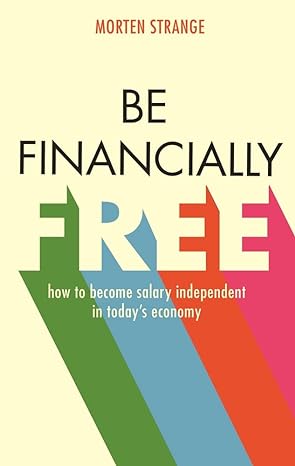Answered step by step
Verified Expert Solution
Question
1 Approved Answer
ABC; pricing Chester Inc. has identified activity centers to which overhead costs are assigned. The cost pool amounts for these centers and their selected activity
ABC; pricing Chester Inc. has identified activity centers to which overhead costs are assigned. The cost pool amounts for these centers and their selected activity drivers for the year follow. Activity Centers Utilities Costs Activity Drivers Scheduling and setup $3,960,000 3,603,600 90,000 machine hours 1,170 setups Material handling 8,448,000 2,400,000 pounds of material The company's products and other operating statistics follow. Direct costs Machine hours Product A Product B Product C $264,000 $264,000 $297,000 Number of setups 45,000 195 15,000 570 30,000 405 Pounds of material 750,000 450,000 1,200,000 Number of units produced Direct labor hours 60,000 30,000 90,000 48,000 27,000 75,000 a. Calculate the unit cost for each product using the appropriate cost drivers for each product. Note: Round your final answers to two decimal places (i.e. round $4.355 to $4.36). Unit cost $ Product A Product B 0 $ Product C 0 0 $ b. Before it installed an ABC system, Chester used a traditional costing system that allocated factory overhead to products using direct labor hours. The firm operates in a competitive market and sets product prices at cost plus a 25 percent markup. Calculate the unit cost for each product based on traditional costing. Note: Round your final answers to two decimal places (i.e. round $4.355 to $4.36). Product A Product B Unit cost $ 0 $ 0 $ Product C 0 c. Determine selling prices based on unit costs for traditional costing, using the rounded rate from part (b). Note: Round your final answers to two decimal places (i.e. round $4.355 to $4.36). Traditional costing Product A Product B Product C Selling price $ 0 $ 0 $ 0 c. Determine selling prices based on unit costs for traditional costing, using the rounded rate from part (b). Note: Round your final answers to two decimal places (i.e. round $4.355 to $4.36). Traditional costing Product A Selling price $ Product B Product C 0 $ 0 $ 0 d. Determine selling prices based on unit costs for ABC, using the rounded rates from part (a). Note: Round your final answers to two decimal places (i.e. round $4.355 to $4.36). Traditional costing Product A Selling price $ Product B Product C 0 $ 0 $ 0
Step by Step Solution
There are 3 Steps involved in it
Step: 1

Get Instant Access to Expert-Tailored Solutions
See step-by-step solutions with expert insights and AI powered tools for academic success
Step: 2

Step: 3

Ace Your Homework with AI
Get the answers you need in no time with our AI-driven, step-by-step assistance
Get Started


